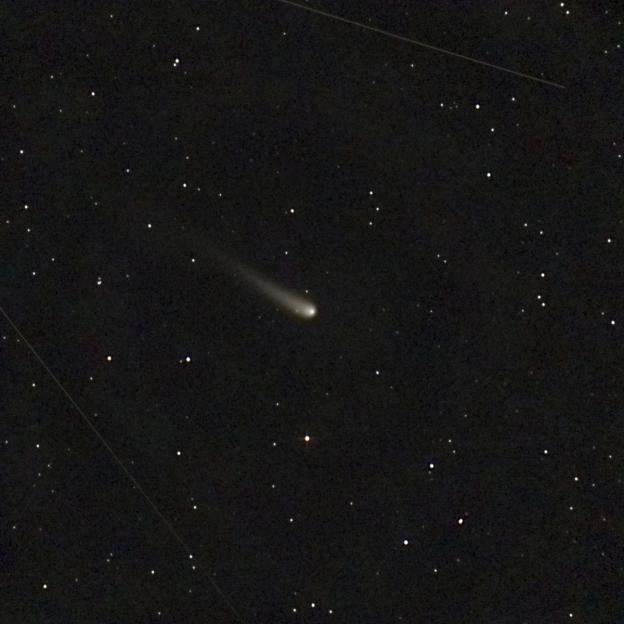THE bones of a long-extinct human ancestor have been dredged up from the seafloor, just off the coast of what is now known as Indonesia.
The discovery reveals a previously unknown Homo erectus population in who occupied land before it became an ocean.
 During the last Ice Age, sea levels were much lower than they are today
During the last Ice Age, sea levels were much lower than they are today There were areas of the Earth that were not only habitable but occupied by our ancient ancestors, before they were lost to the sea
There were areas of the Earth that were not only habitable but occupied by our ancient ancestors, before they were lost to the sea
A cache of bones was pulled from the seafloor as part of a construction project off the island of Java and another smaller island called Madura.
Researchers, who published four separate studies on their findings, say it is the first time fossils have been found in the submerged areas of the Indonesian archipelago.
During the last , sea levels were much lower than they are today.
Mountainous glaciers and vast, icy tundras stored water that eventually fed into the ocean over the course of several millennia.
There were areas of the that were not only habitable but occupied by our ancient ancestors, before they were lost to the sea.
These lost lands, called Sundaland, were once vast open plains with flowing rivers around 140,000 years ago.
The newly discovered Homo erectus bones were found among a bounty of more than 6,000 animal fossils.
Fossil remains have revealed the rivers of Sundaland would have been fertile hunting grounds for the Homo erectus.
The rivers were teeming with fish, turtles, river sharks, hippos and other marine life, according to the new fossils.
While land-walking giants such as elephants, the elephant-likeStegodonand water buffalo also populated the plains, according to the studies, published in the journal Quaternary Environments and Human .
There was once a valley between Java and Madura, which is now a body of seawater called the Madura Strait.
Cut marks found on some of the fossils suggest our ancient ancestors once hunted turtles on the land beneath the Madura Strait â which is the earliest evidence of this, according to researchers.
Although larger game was also on the table.
These hominins were targeting cow-like bovids in their prime, according to researchers, which the IndonesianHomo erectusisn’t known for.
The different hunting strategy is associated with more modern humans on the Asian mainland, suggesting the Homo erectus may have interacted with more modern humans.
“The Madura Strait hominins may have developed this hunting strategy independently,”;; study lead authorHarold Berghuis, a researcher studyingHomo erectusat Leiden University in the Netherlands, told Live Science.
“But the other possibility is that we are looking at a kind of cultural exchange.”;;
 Sunrise at Mount Bromo in Java island, Indonesia
Sunrise at Mount Bromo in Java island, Indonesia 





